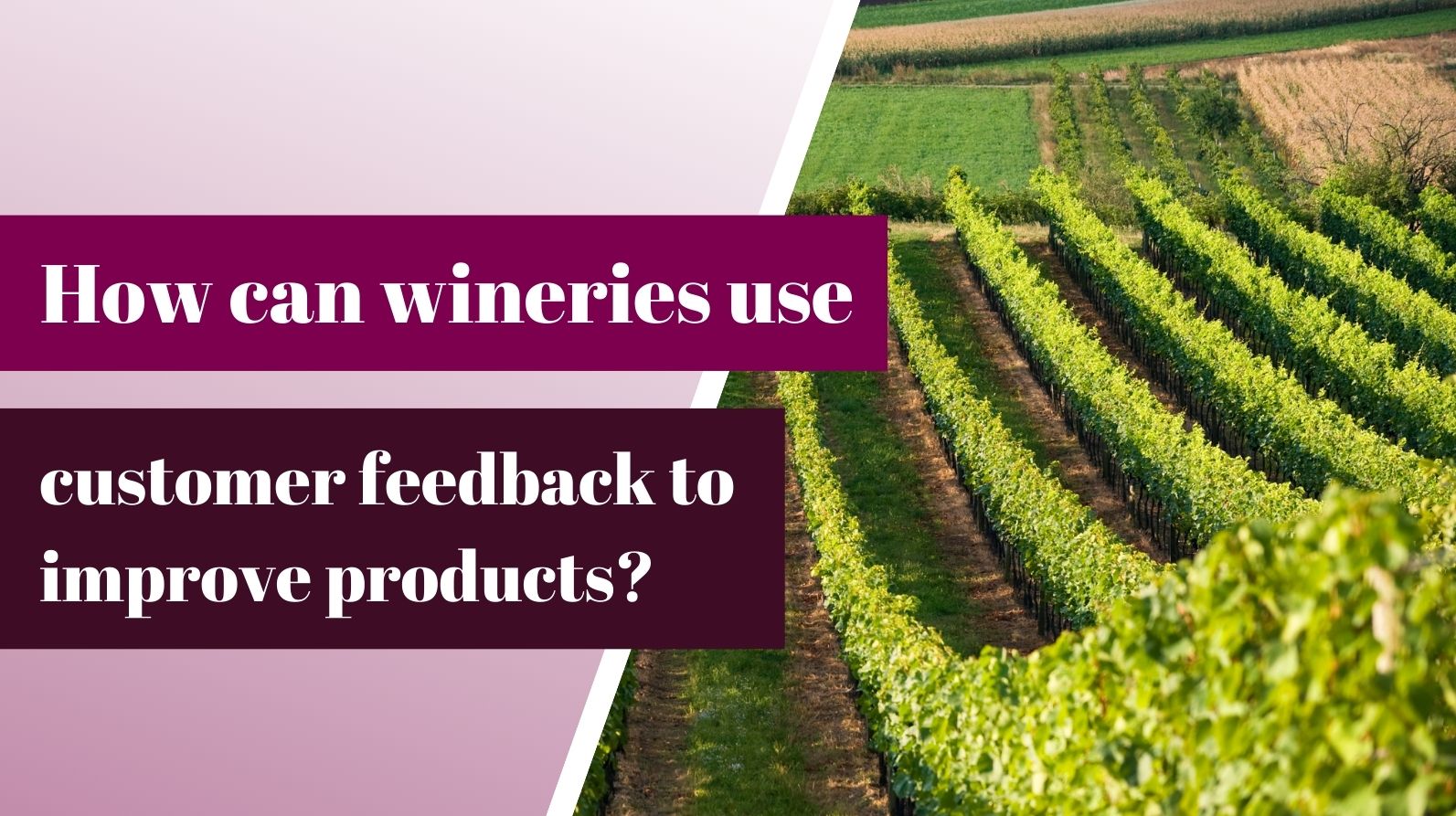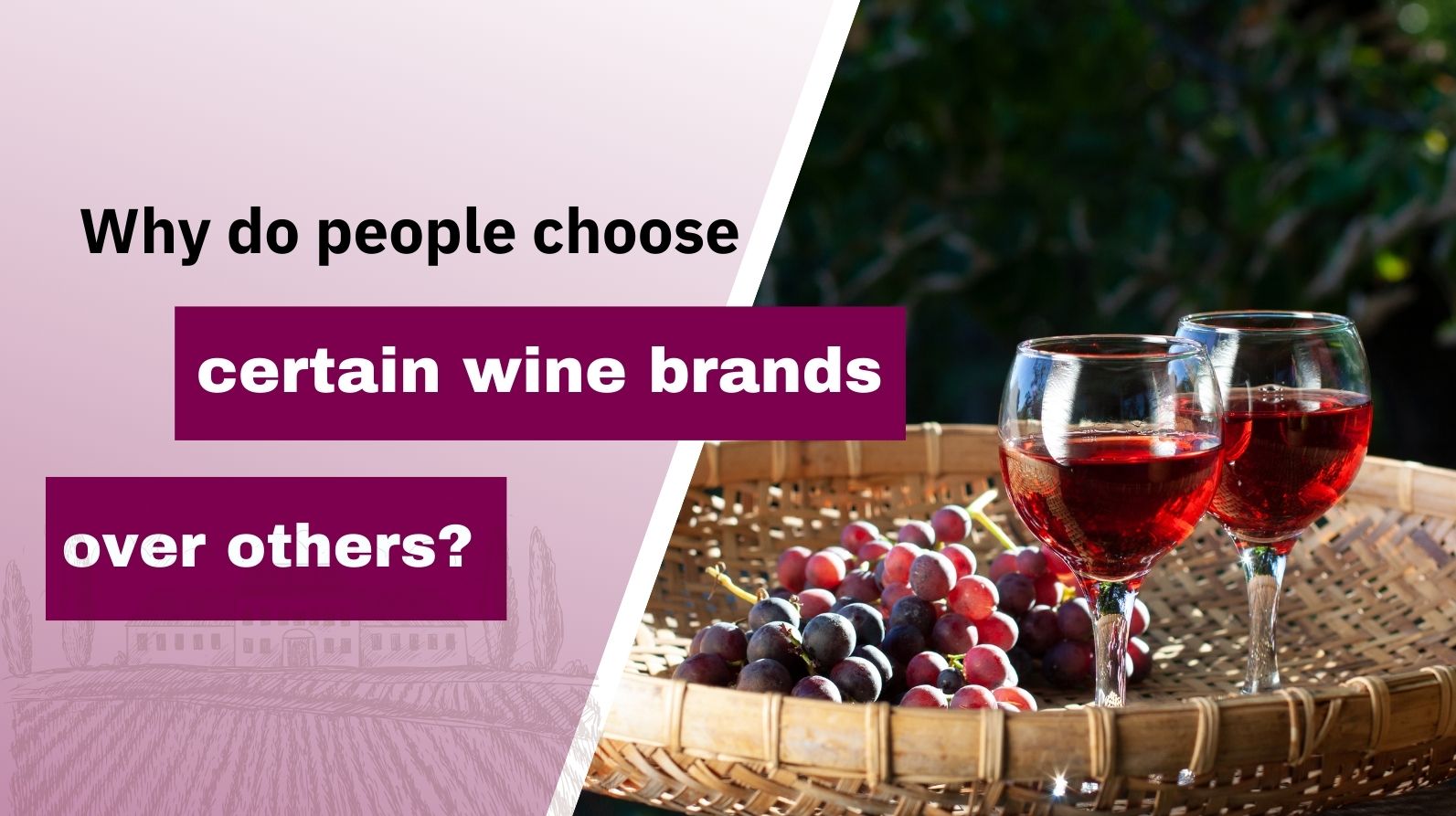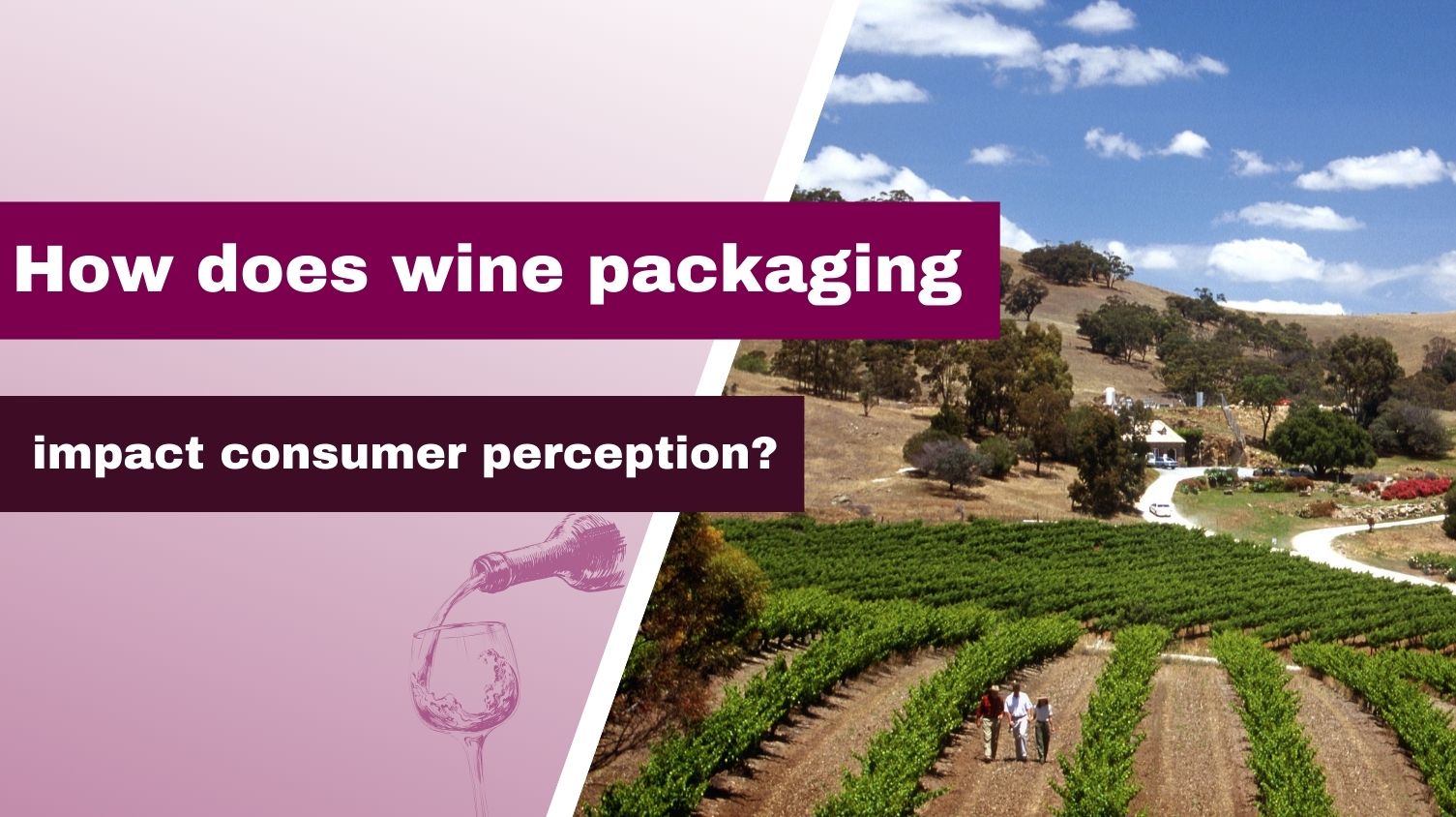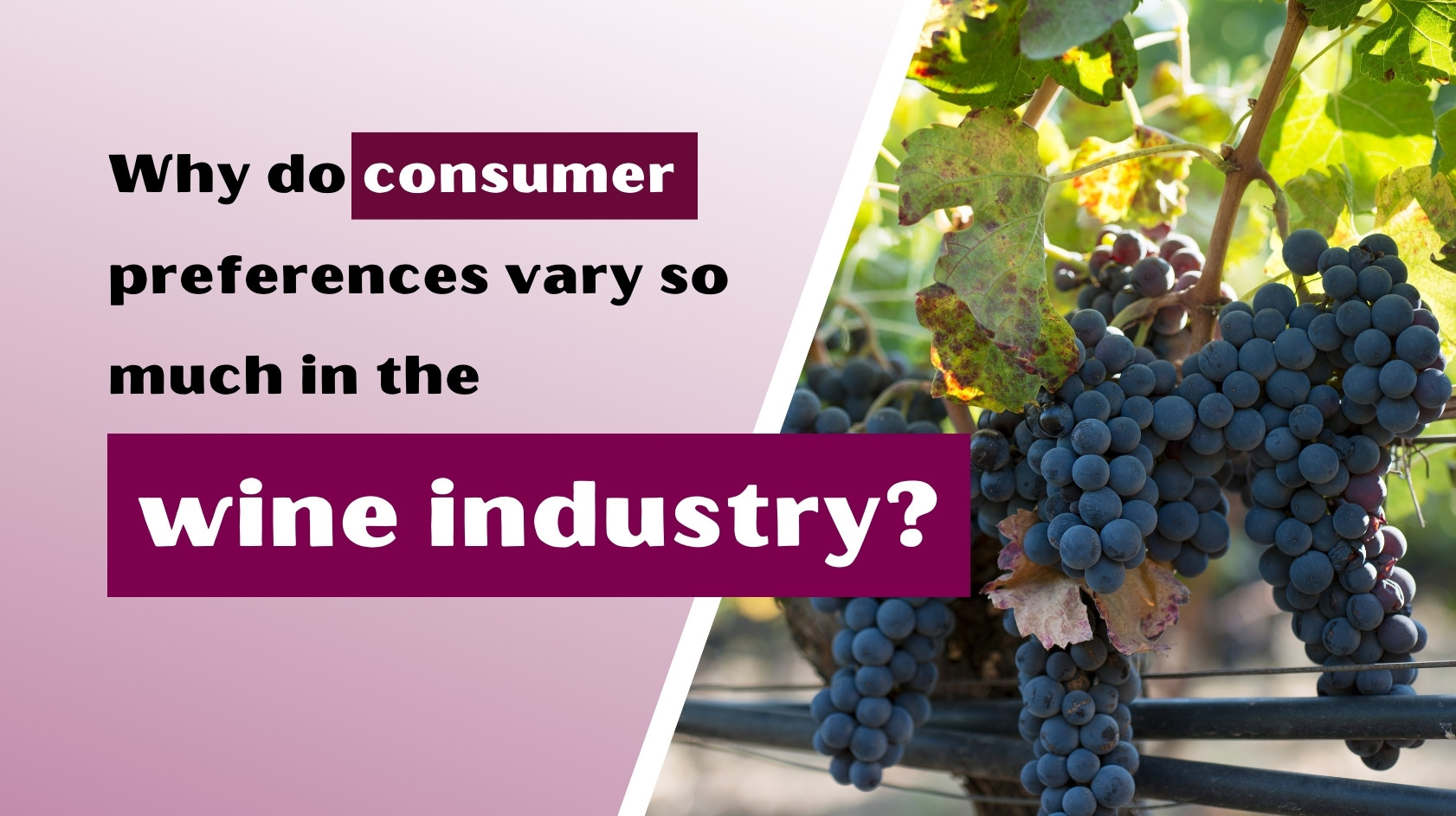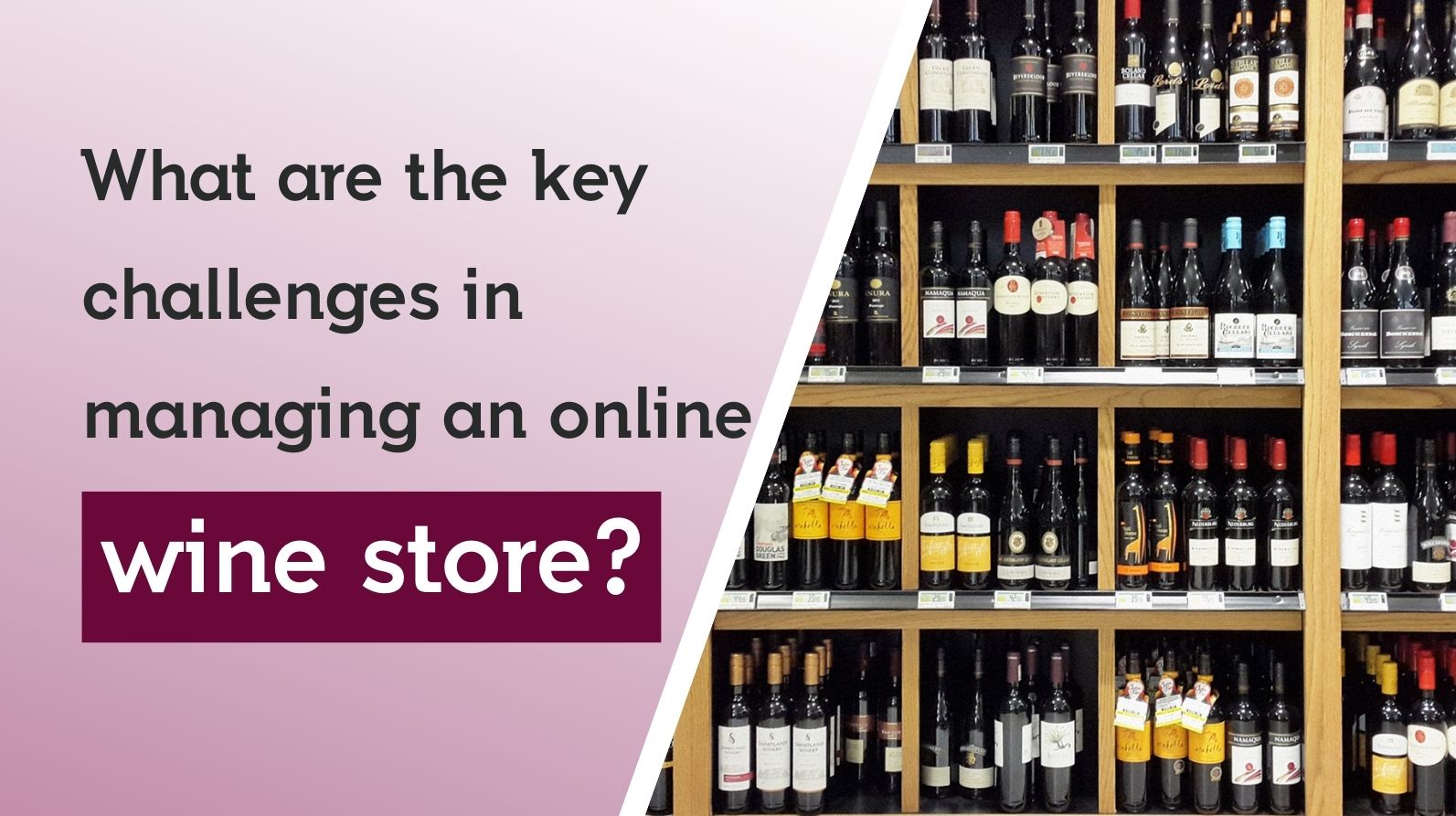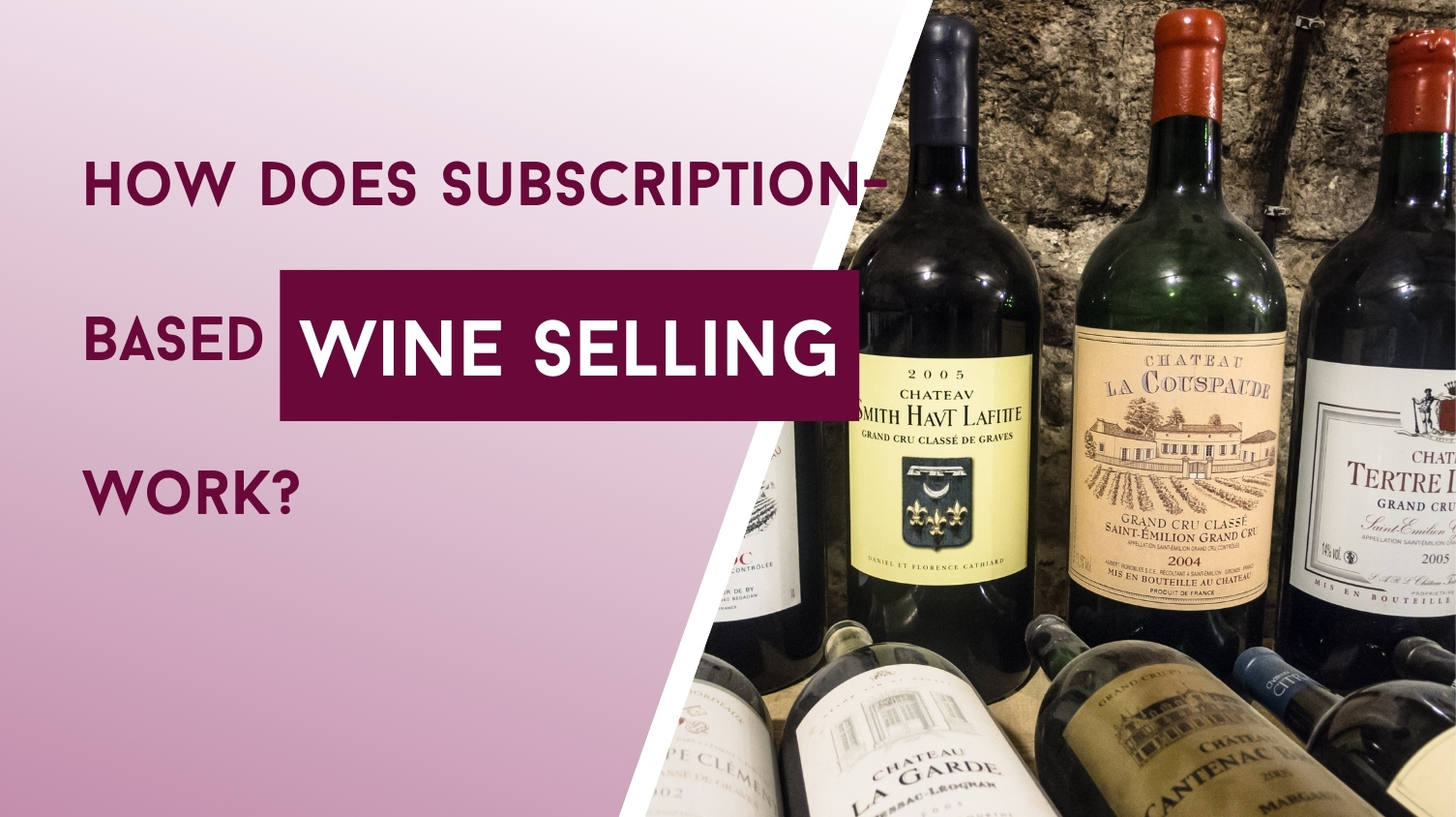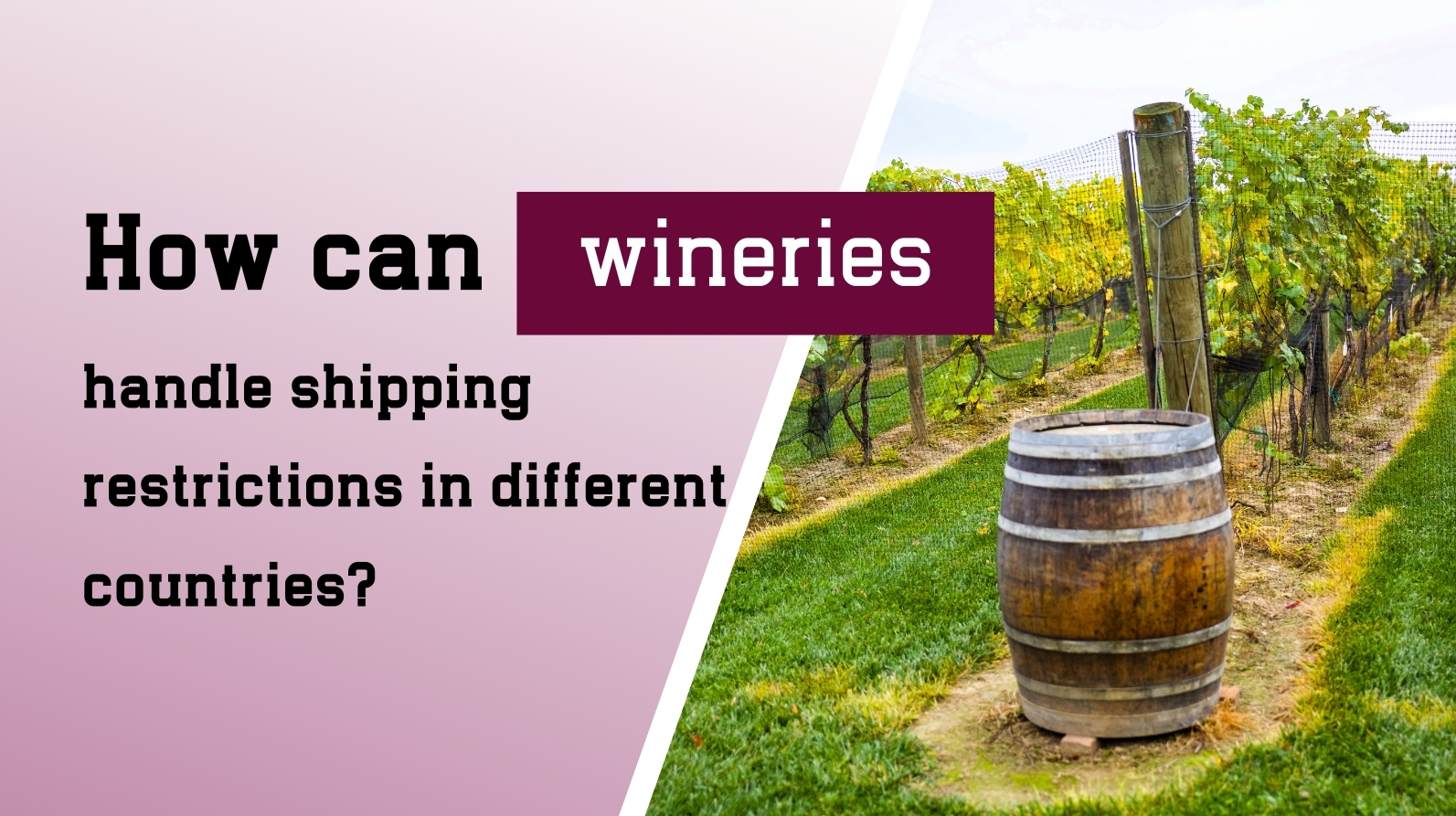Top 10 Factors That Influence Wine Buying Decisions in 2025
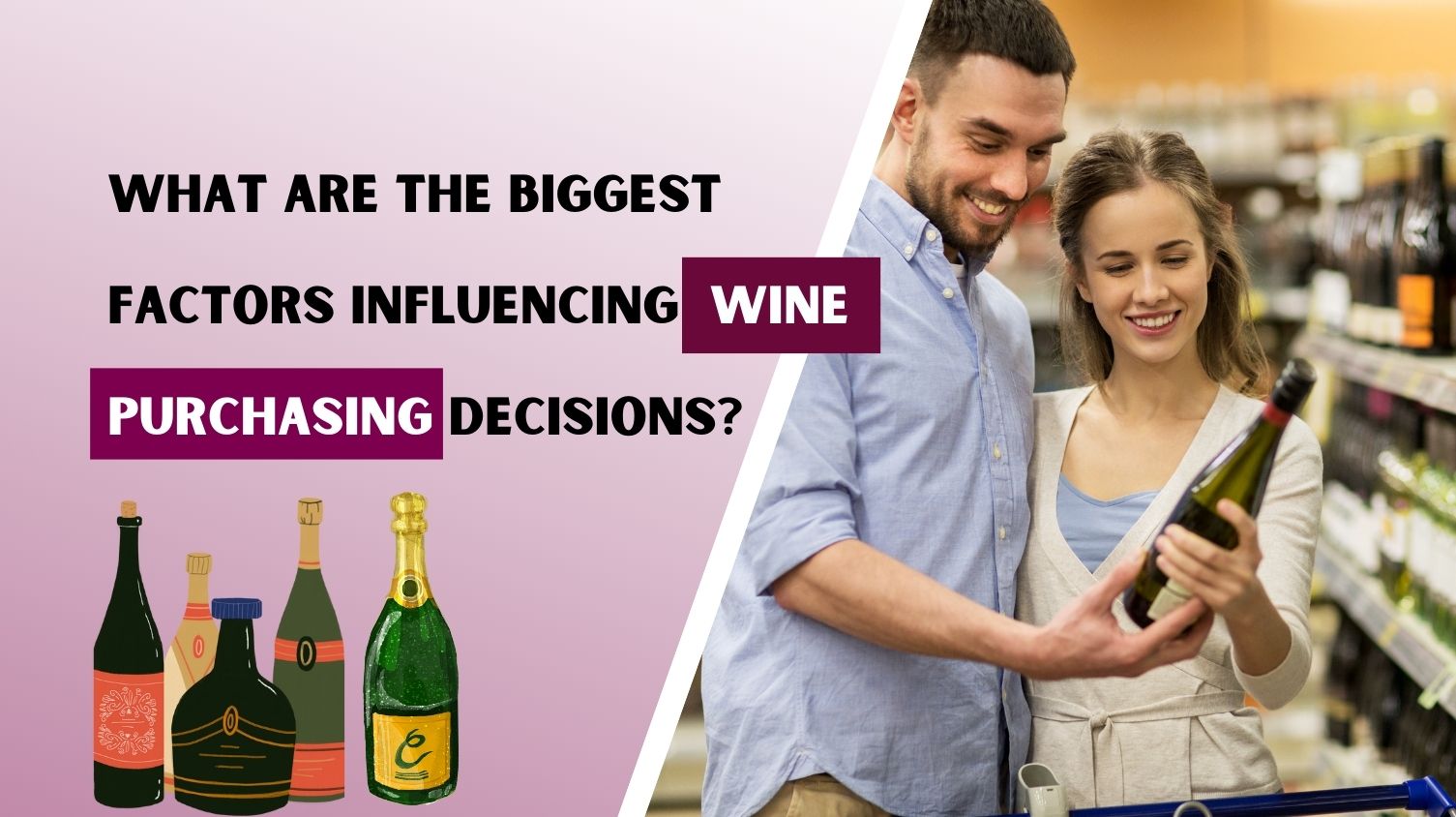
Introduction
Choosing a bottle of wine may seem easy, but many things influence what people end up buying. For wineries and stores that sell wine, it's very important to understand what matters most to buyers. This helps them offer the right wines that match what people want.
In this article, we’ll break down the main reasons why people pick certain wines, and what new trends are shaping the market in 2025. Let’s take a closer look.
1. Price and Perceived Value
Price is still the most important thing for many wine buyers. A survey from 2015 showed that 72% of Americans chose wine based mostly on price. People want good quality for their money. So, they try to find a wine that gives them the best value—not just the cheapest bottle, but the one that feels worth the cost.
2. Brand Recognition and Loyalty
Many people stick with brands they know and trust. Big or well-known wine brands often get repeat buyers because customers feel confident they’ll get a good bottle every time. This is true for both younger and older wine lovers.
3. Grape Variety and Taste Preferences
The kind of grapes used to make the wine is very important. For example, people who like Cabernet Sauvignon or Chardonnay may look for those types when they shop. In 2019, a large number of wine drinkers over 55 said grape type was a key part of their choice.
Taste, flavor, and aroma also matter a lot. People usually buy wines they’ve enjoyed in the past, so personal taste has a big role in the decision.
4. Label Design and Packaging
How the wine bottle looks can catch a buyer’s eye. Things like the shape of the bottle, the label’s colors, and the design can make a wine seem more special or expensive. Unique packaging often helps a wine stand out from the rest.
5. Recommendations and Reviews
People trust what others say. Whether it’s a friend, a wine expert, or an online review, a good recommendation can lead to a sale. If someone hears that a certain wine is tasty or high-quality, they’re more likely to try it.
6. Country and Region of Origin
Where the wine comes from can make a big difference. Wines from well-known places like France’s Bordeaux or California’s Napa Valley often seem more trustworthy or high-end. Many buyers believe that the region affects the wine’s taste and quality.
7. Environmental and Ethical Considerations
More and more people care about how their wine is made. Many buyers now look for wines made using eco-friendly or fair-trade practices. Some are even willing to pay extra for wines that are organic or help protect the planet.
These choices are often linked to age, income, and education. For example, younger or higher-earning shoppers are more likely to support sustainable wines.
8. Occasion and Purpose
Why someone is buying the wine can change what they choose. For everyday meals, people may pick something simple and affordable. For birthdays or parties, they may look for something fancier or more impressive.
9. Health and Lifestyle Trends
Health matters to a lot of people today. Some wine lovers now choose bottles with lower alcohol, fewer calories, or organic ingredients. Non-alcoholic wines are also growing in popularity because of these health trends.
10. Availability and Convenience
If it’s hard to find, people might not buy it. Many shoppers like wines they can grab from their local store, order online, or get directly from a winery. Easy access makes a big difference in the decision.
Emerging Trends in Wine Buying
In recent years, a few new things have started changing how people shop for wine:
Moderation and Mindful Drinking
More people are drinking less alcohol on purpose—for health or money reasons. Because of this, overall wine sales are going down in some countries. But at the same time, sales of low- or no-alcohol wines are going up.
Smart Technology in Wine Making
New tech like artificial intelligence is being used in vineyards to grow better grapes and make better wine. This can improve quality and may make customers more excited to try those wines.
Trade and Tariff Changes
Rules about trading wine between countries, like taxes or tariffs, can affect how much wine costs and how available it is. This can change what wines people see in stores or online.

